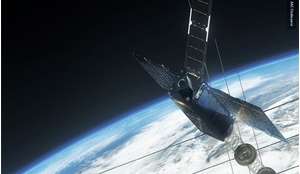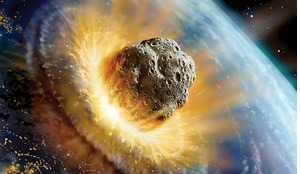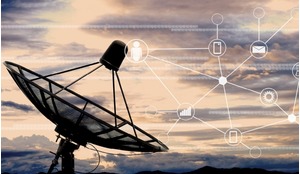Rosetta was initially conceived in the early 1980s well before an international fleet of spacecraft, including the ESA Giotto probe, flew by the nucleus of comet Halley in March 1986, imaging for the first time in history the nucleus of a comet. The Halley encounter was a major event in the history of Solar System exploration. However, a fly-by brings a spacecraft in the vicinity of a comet nucleus only for a short time and at very high relative velocity. Pictures and measurements of the nucleus were executed only for a couple of hours around the encounter. A very limited way to study these mysterious celestial objects.
The idea behind Rosetta was to take the next step: to rendezvous with a comet - that is reaching the comet and staying with it, flying around it at a few tens of kilometres distance, imaging and measuring the nucleus and its environment for months or years while it travels around the Sun.
To achieve this the spacecraft had to reach the orbital energy of the comet, but even the most powerful launcher cannot provide sufficient dynamic energy to the spacecraft. For this reason the mission had to make use of a trick called gravity assist, whereby a trajectory is designed such that the spacecraft flies in the vicinity of a planet, and uses its gravity field for a further acceleration in its heliocentric orbit – thereby stealing a bit of the planet’s orbital energy. This makes the journey very long but at the end the spacecraft reaches the comet with the same orbital velocity as the nucleus, and is able to fly in formation with it around the Sun.
Read more of this ROOM exclusive in the full version of the article, available to our subscribers.














